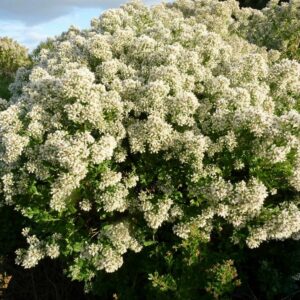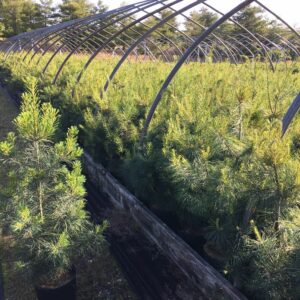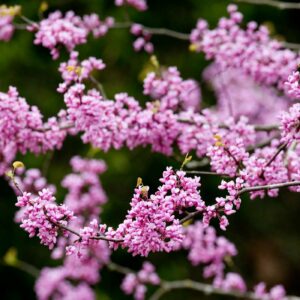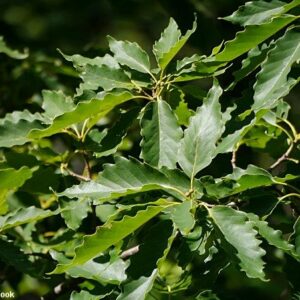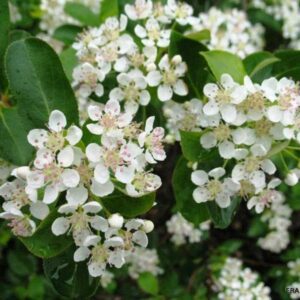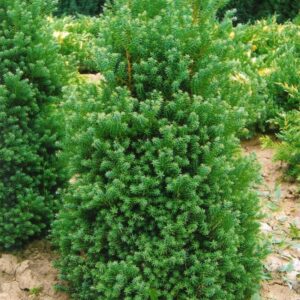- Ph: (631) 801-2855
- All Visits by Appointment Only
- info@linatives.com
- My Account
Ranging from southeastern Canada through the eastern United States west to eastern Texas, with disjunct populations in central Texas and mountains of the southwestern United States, Mexico, and Guatemala, Black cherry is a 25-110 ft. deciduous tree, distinctly conical in youth. When open-grown it becomes oval-headed with spreading, pendulous limbs and arching branches. Crowded trees grow tall and slender. Southwestern varieties are often shrubby. Leaves shiny on the upper surface; blade oblong with a long pointed tip and tapering base, margins finely serrate. White flowers are held in drooping racemes after the glossy leaves have emerged. The dark red fruit changes to black from August through October. Aromatic tree; crushed foliage and bark have distinctive cherry-like odor and bitter taste, owing to the same cyanide-forming toxic compounds, such as amygdalin, found in the wood and leaves of some other woody members of the Rosaceae.
Fall foliage is yellow. This widespread species is the largest and most important native cherry.
$29.99
Please note: Most pictures represent mature plants. Unless otherwise specified, all of our plants are sold in 4″ pots to make shipping possible and will mature in time.
Learn more about how the process works and how our plants are delivered.



| Native | |
|---|---|
| Sunlight | |
| Moisture | |
| Wetland Indicator | |
| Special Attributes | Bird Attractor, Butterfly Attractor, Salt Tolerant, Shade Tree |
| Size | 2 Gallon, 3 Gallon, 1.5 Gallon |
Ranging from southeastern Canada through the eastern United States west to eastern Texas, with disjunct populations in central Texas and mountains of the southwestern United States, Mexico, and Guatemala, Black cherry is a 25-110 ft. deciduous tree, distinctly conical in youth. When open-grown it becomes oval-headed with spreading, pendulous limbs and arching branches. Crowded trees grow tall and slender. Southwestern varieties are often shrubby. Leaves shiny on the upper surface; blade oblong with a long pointed tip and tapering base, margins finely serrate. White flowers are held in drooping racemes after the glossy leaves have emerged. The dark red fruit changes to black from August through October. Aromatic tree; crushed foliage and bark have distinctive cherry-like odor and bitter taste, owing to the same cyanide-forming toxic compounds, such as amygdalin, found in the wood and leaves of some other woody members of the Rosaceae.
Fall foliage is yellow. This widespread species is the largest and most important native cherry.

